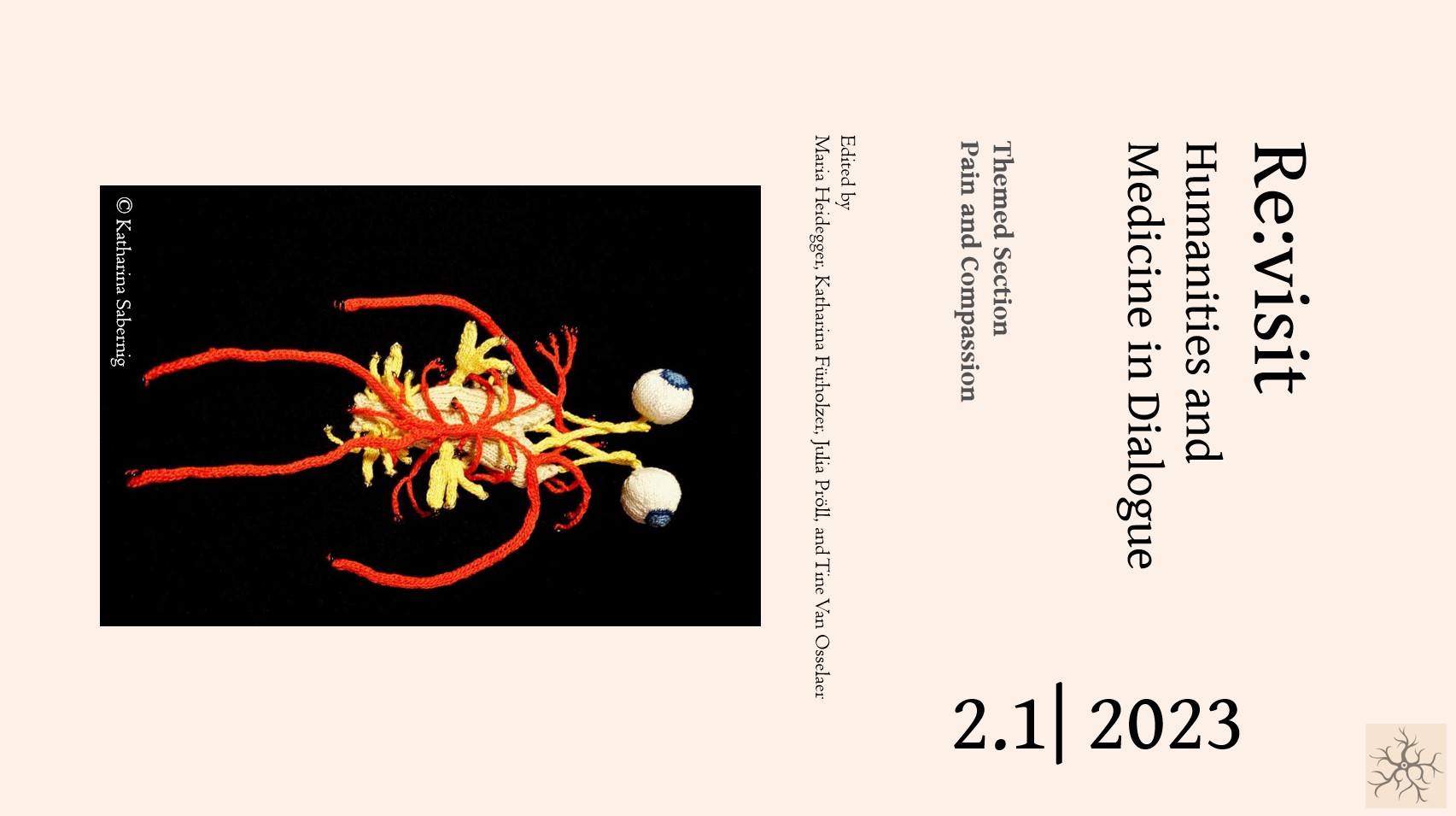Aestheticizing Pain
(Re-)Claiming Identity through Music, Literature, and Landscape
DOI:
https://doi.org/10.57974/Re:visit_2023_2.03Schlagwörter:
Schmerz, Leiden, Musik, Norwegen, Island, ÖkologieAbstract
On July 12, 1947, the Icelandic composer J.n Leifs (1899–1968) was shattered by the news that his 17-year-old daughter, L.f, had perished in the freezing cold waters off the coast of Sweden. Leifs turned to composing as a means of processing his pain. In a matter of weeks, he completed several monumental works that he dedicated to her memory. A little more than sixty years later, the glaciologist M. Jackson was devastated by the loss of her parents, who died within a two-year period due to terminal cancer. Amid her grief, she turned to writing and eventually published two books in a single year (2019): The Secret Lives of Glaciers and While Glaciers Slept: Being Human in a Time of Climate Change. While these accounts may seem disparate on the surface, on closer inspection, they share several similarities. Both figures not only witnessed the pain of their family members, but also experienced intense levels of pain after their deaths. In their attempts to cope with the devastation, they both turned to aestheticizing their pain. In doing so, they found solace in nature, particularly the icy mantles of Iceland’s glaciers. Most significantly, both suffered in ways that transcended mere physical sensation: they struggled to find meaning for their pain and recover from a loss of identity. Consequently, these case studies reveal challenges to biomedical approaches to measuring and managing pain. Despite many groundbreaking achievements in these areas, the shift in authority to biomedicine over the past century has not been accompanied by an equally extensive gain in our understanding of pain’s many meanings and their relevance to one’s quality of life. Moreover, the use of personal narrative and aesthetics to gain access to this knowledge remains underutilized.
Therefore, in this article, I argue that some of the most deleterious effects of pain result not just from physical sensations alone, but from the experience of pain without meaning. In doing so, I demonstrate how the process of aestheticizing pain is helpful to granting meaning and ultimately sharing forms of suffering in cases ranging from the mid-twentieth century to the recent past. By exploring Jackson’s use of metaphor to scaffold my analysis of Leifs’ use of juxtaposition in his Requiem, Op. 33b, I reveal the ways Leifs and Jackson utilized the natural environment to help mediate their pain and thus fill the knowledge gap left by biomedical science. Collectively, by framing my analysis with recent studies by Sara Ahmed, Joel Michael Reynolds, and others, I illustrate that their techniques convey the lasting importance of shared spaces of dwelling for the unending cultural co-construction of pain – a process that enabled them to reclaim identity using music, literature, and landscape.
Downloads
Veröffentlicht
Ausgabe
Rubrik
Lizenz
Copyright (c) 2023 Ryan Weber

Dieses Werk steht unter der Lizenz Creative Commons Namensnennung 4.0 International.



